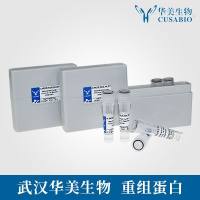Compositional Analysis of Phospholipids by Mass Spectrometry and Phosphorus-31 Nuclear Magnetic Resonance Spectroscopy
互联网
267
As the roles of phospholipids continue to be unraveled in an expansive list of biological processes, the availability of fast, accurate, and precise analytical approaches becomes of utmost relevance. Traditional methods rely on the separation of phospholipid classes, each with a different polar head group, by either thin-layer or liquid chromatography. The length and degree of unsaturation of the hydrophobic chains are subsequently determined by derivatization and gas chromatography. Although these methods are well developed, they are time-consuming and do not allow for in situ analysis.
The combination of P-31 nuclear magnetic resonance (NMR) spectroscopy and mass spectrometry (MS) provides a powerful alternative for the analysis of phospholipids in complex mixtures. With the use of P-31 NMR spectroscopy, phospholipids can be analyzed quantitatively in either organic solvents or aqueous media containing a detergent. Matrix-assisted laser desorption/ionization (MALDI) and other forms of ionization such as electron-spray ionization (ESI) coupled with mass spectrometry (MS) allow the analysis of intact lipids both in vitro and in situ.
This chapter describes conventional approaches for phospholipid analysis first. The criteria and current options in the choice of matrices for MALDI MS are addressed. The ability of MALDI MS to image phospholipids is then highlighted as well as the remaining challenges. Regarding P-31 NMR, current studies on the measurement of temperature coefficients and pH dependences to improve the accuracy in the assignment of P-31 resonances are described. Finally, the complementary nature of P-31 NMR and MALDI MS is illustrated in the reevaluation of the unusual composition of phospholipids in human lens membranes.









